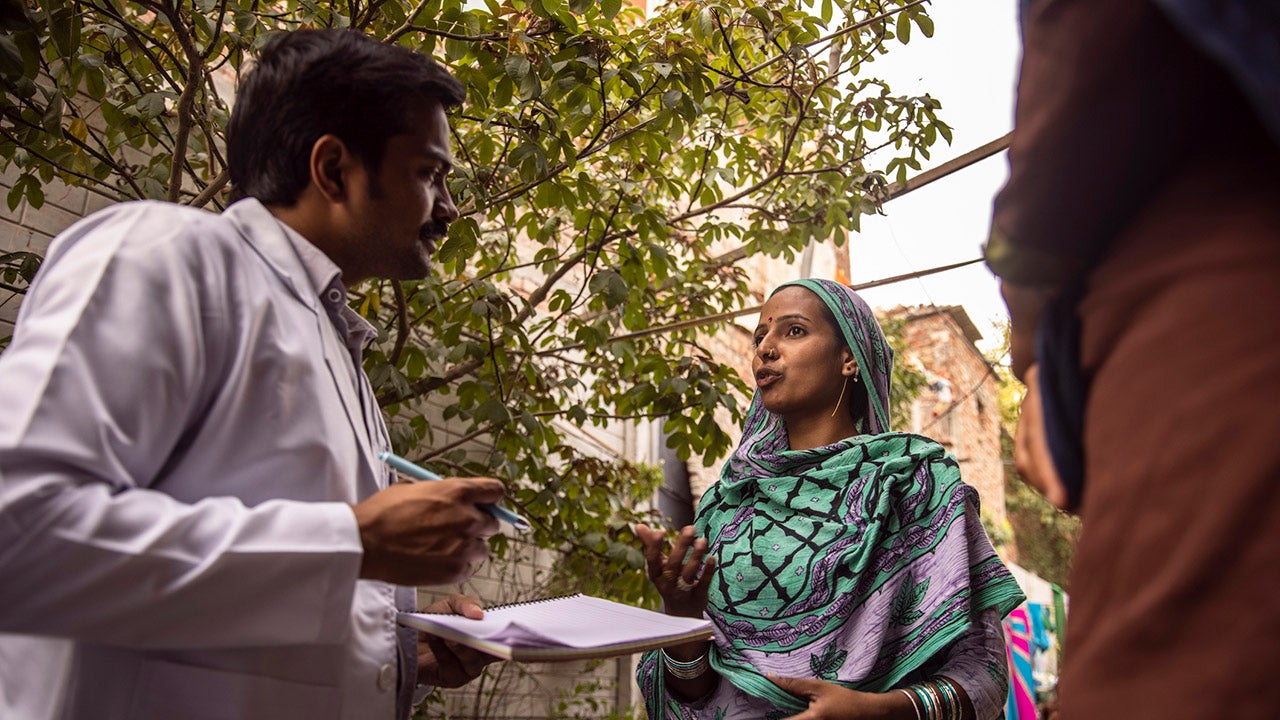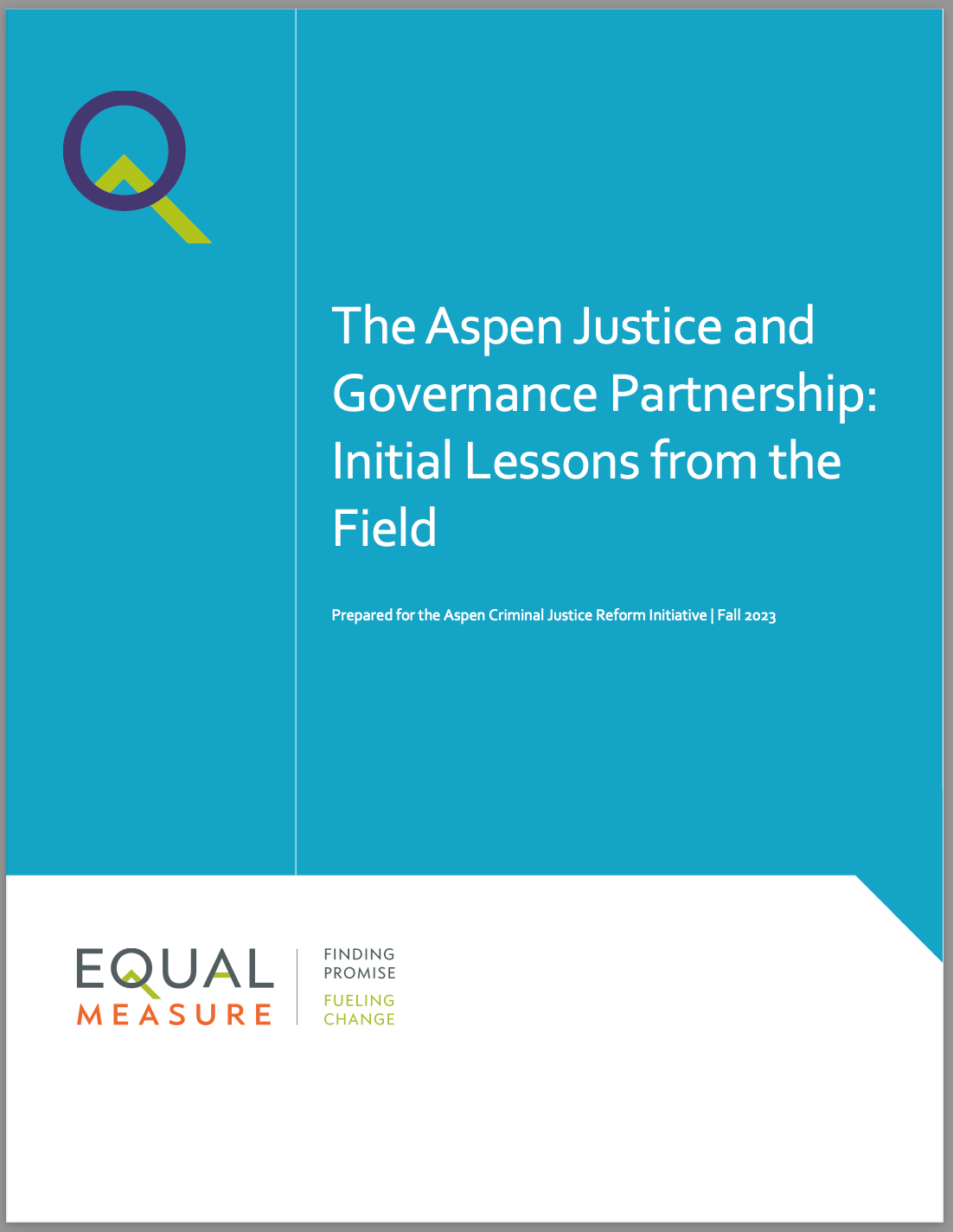While recent headlines scream that “crime is up,” the reality on the ground in American neighborhoods is more nuanced. These details are not always recognized by local governments but are understood all too well by the residents most impacted by the justice system. Communities know best how to design solutions that will make their neighborhoods safer and more just.
We need better, specialized solutions that go beyond the myopic “fund/defund the police” back-and-forth. Though it’s true some crimes are up—regrettably and most notably homicides—most are down, continuing a steep, 25 year decline. Even with homicides, about a third of large cities saw a decrease in 2021—including St. Louis which is trying new community-led solutions.
To highlight these differences is not to dismiss the impact of violent crime. We, the authors, live in New York. One of us lives in Harlem on 137th street, a few blocks away from where two officers were recently gunned down. The conversations currently happening in communities are real: How can our response to crime avoid the draconian policies of the past that led to mass incarceration, while meeting the growing demand to reimagine public safety?
In these conversations, reactions tend to focus on discrete components of the criminal justice system that some believe are in need of adjustment. But a siloed view of pieces of a broken system neglects the need to think more comprehensively and act with the agility that crime and safety demand.
The major challenge is that we aren’t organized to answer these questions. We need much better ways—beyond the piecemeal analysis of criminal justice agency data—to bring the right information together. Better data from local justice, health, and human services systems, broken down to the neighborhood level, is no doubt a part of the solution. But it’s not enough. Local cross-sector data must be paired with, and analyzed alongside, direct research and input from the community members most impacted by these issues.
This was among the recent recommendations from the Council on Criminal Justice and reflects a nascent movement to use more community-focused research methods that reflect methodological pluralism. These are approaches that have been effectively used in other fields—most notably public health—but are woefully underutilized in justice research. These tools, known collectively as community-based action research techniques, can provide startlingly different evidence and lead to different problem framing, analysis, and solutions. Simply crunching ‘big data’ could never do this.
A program within the New York City Mayor’s Office of Criminal Justice called NeighborhoodStat focuses on creating safer environments in the city’s Housing Authority developments. It starts by bringing together and actively listening to what residents have to say. “One of the beautiful things about NeighborhoodStat is when we tell residents we’re giving them money to do projects that affect public safety, we don’t tell them what the safety issue is.” Renita Francois, executive director of the Mayor’s Action Plan for Neighborhood Safety said on our podcast. “We let them identify what they need, and crime is usually somewhere way down the line. The stuff that they talk about beforehand are more a part of [a] holistic picture.” This picture could include development opportunities for youth, opportunities to build a connection to those who speak different languages, or reentry support for formerly incarcerated folks returning home to the community.
Meanwhile, the Colorado Criminal Justice Reform Coalition has been working successfully to bring together and elevate local community voices in prioritizing, winning, and managing Community Reinvestment dollars around “ending the overuse of the criminal justice system and advancing community health and safety.” Through organizational innovations that amplify community knowledge and priorities, community-facing intermediaries manage government grant programs around transformative crime prevention, crime survivors, harm reduction, and reentry initiatives in local communities.
Local elected and justice system officials’ heads might spin to learn that the people most impacted by crime do not necessarily want to talk only about policing and the courts. That’s exactly the reason for multiple research inputs. It’s too easy to fall back on what you think you know. And if all you’ve got is a hammer, like court or police data, everything starts to look like a nail. Criminal justice research, including the defining of public safety problems and solutions, has to start with a wide lens, both in terms of the social sectors involved in creating ‘safety,’ as well as who gets to declare what safety is and should be.
The work of the Aspen Institute’s new Justice and Governance Partnerships sets out to support communities that want to construct this more complete view of justice and safety. In addition to bringing together data from across government agencies, community organizations, and neighborhood residents through jurisdiction-wide Justice Audits, we are now assembling a working group of experts on justice research and community-based action research methods. Together, we’ll make recommendations about how justice reform efforts can put community members with direct experience of the justice system—and who have the most at stake—into the driver’s seat when defining what safety and justice mean to them and how to take action to address the most pressing problems.
Imagine the possibilities if community-led research was on par with traditional criminal justice data when determining local safety and justice policies. Each community could voice its own priorities. For example, proponents from City Council members to community leaders could argue that we should tackle rising crime through investment in free higher education, or stave off evictions through mediation or other supports that reduce drug use, and thereby alter the face of drug crime in the community.
Policing and public safety have always been intensely local issues. In recent years, much of the innovation in criminal justice reform has happened through discretionary policy change in local jurisdictions. Examples like those in New York City and Colorado suggest that expanding the use of community-based research can play a major role in reconstructing our approach to safety and justice.
Douglas E. Wood is the director of the Aspen Institute Criminal Justice Reform Initiative. Eric Cadora is the founder and director of Justice Mapping.
This article originally appeared in The Hill.


